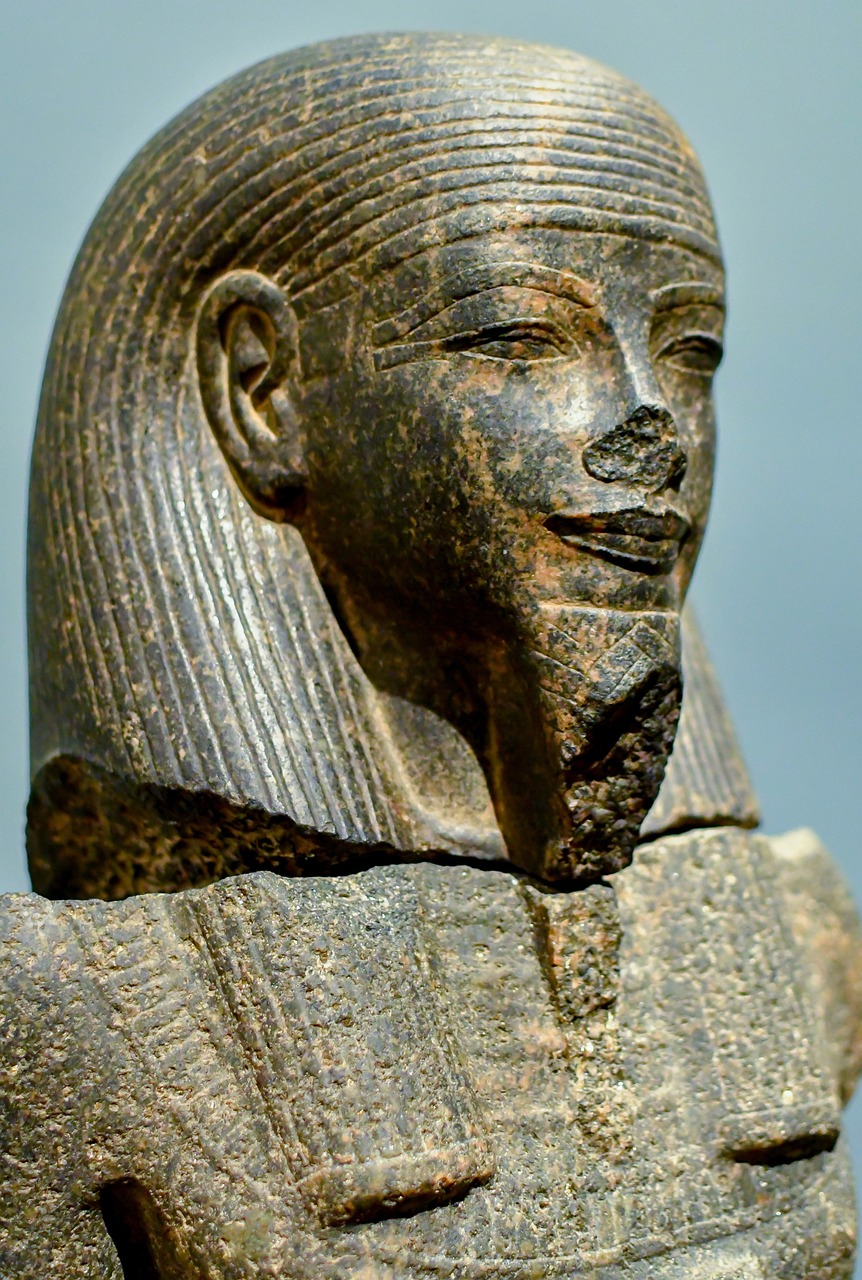In a suburban area in northwestern Cairo, hidden beneath 20 meters of soil, lies the ancient city of Iwn, a site intertwined with the narrative of history and development. Known to the Greeks as Heliopolis (City of the Sun God) and later to Arabs as Ain-Shams (Eye of the Sun), Iwn stands as one of the earliest spiritual locations in the world. Despite the layers of agricultural fields and modern habitation that cover its unexcavated remains, the site continues to symbolize Ra, the foremost deity of ancient Egyptians. The tale of Ra’s emergence and the birth of creation is both compelling and enlightening.
According to Egyptian mythology, prior to creation, only Darkness enveloped the Primeval Ocean, a setting from which life would eventually arise. When the essence of life was potent and ready, a being known as Atum recognized it was time for Creation to commence. An island emerged from the depths to serve as a foundation for this divine entity, who appeared as Ra, the sun god of Egypt.
On this primordial hill, Ra birthed the first deities from his own form, Shu (the personification of dry air) and Tefnut (embodiment of moisture). They in turn generated Geb, the Earth god, and Nut, the Sky goddess, who together gave rise to life itself, including Osiris, the Perfect Being destined to govern the world—a world that Ra was actively shaping by naming its different elements. Interestingly, humankind originated from Ra’s tears.
Osiris was a benevolent and wise sovereign, responsible for teaching agriculture and civilization to humanity. Alongside his sister-wife Isis, who supplemented his efforts with creativity and magic, they formed an exceptional partnership. In contrast, their brother Seth was boisterous and unruly, harboring intense jealousy towards Osiris. Driven by envy, Seth murdered Osiris, coveting his throne to rule Egypt in his own manner. Despite her affection for both brothers, Seth’s partner Nephthys was impotent to prevent this tragic act.
Yet, the slaying of Osiris proved to be a turning point. He was brought back to life by Isis long enough to conceive their son Horus, who would eventually avenge his father’s death and reclaim the throne. Following this, Osiris journeyed to the Underworld, where he governed the deceased, thus sustaining the cyclic nature of life and resurrection.
However, the myth doesn’t conclude with Osiris. As Ra grew older, humanity began to defy him. In his wrath, he sought to obliterate mankind, calling upon his tear-producing eye for assistance. The eye, transformed into a fierce lioness, took to the slaughter of humanity, reveling in the feast. Upon witnessing the destruction, Ra felt deep remorse for his beloved creations—who emerged from his eyes as tears. He halted the massacre but resolved to distance himself from humankind. This decision signaled his descent into the Otherworld, where Ra navigated the sky across 12 daylight hours, illuminating the world and nurturing all of creation. As he reached the Western horizon, darkness enveloped the earth for 12 hours while he traversed the Underworld, lighting up the spirits, vanquishing creation’s foes, and rejuvenating himself in a union with Osiris.
At dawn, Ra manifested as a falcon, termed Hor-akhty or Horus of the Horizon—symbolic of the high-flying avian. However, Ra was not limited to this representation; he was also embodied as a scarab named kheper, signifying self-creation. This analogy was rooted in the linguistic connection between the word for scarab and the concept of coming into being, along with the belief that the beetle naturally emerged from the desert sand when the sun’s first rays touched it while carrying a dung ball with its eggs. By noon, Ra was again represented by the sun-disk, while at sunset, he took on the visage of Atum, an elderly figure concluding his life cycle, prepared to fade and be reborn anew.
The narrative firmly establishes Ra as the paramount deity of Egypt, particularly during the Old Kingdom (circa 2800 BCE), when he was revered as the sun god, with Egyptian kings recognized as his sons. During their coronations, the title of son of Ra appeared alongside their designation as rulers of Upper and Lower Egypt. Kings allocated lands and clergy to his temples, creating shrines dedicated to him within their memorial temples across the nation. However, by the New Kingdom (circa 1500-1000 BCE), the cult of Amun, a politically significant god, endeavored to diminish Ra’s stature. Nevertheless, the 18th dynasty kings resisted this shift, as seen in the depictions within their tombs in the Valley of the Kings, emphasizing the sun god’s supremacy, through which they hoped to merge with him in the afterlife. During Akhenaton’s brief ‘monotheistic’ reign, he acknowledged only the sun god, creating hymns so beautiful that they resonated in the later biblical psalms of King David. After Akhenaton, most of Egypt’s significant deities were assimilated with Ra, resulting in forms like Amon-Ra, Khnum-Ra, and Sobek-Ra. The decline of Ra’s worship would arrive only centuries later with the Roman conquests.
Even in contemporary Egypt, where the influence of ancient civilization endures, Ra’s legacy persists. His fiery eye continues to echo in local folklore, popular music, and cultural expressions. The name Ra appears in various modern media, from films to video games, illustrating how the resurrection of this ancient deity is as inevitable as the sun’s rise in the east.



